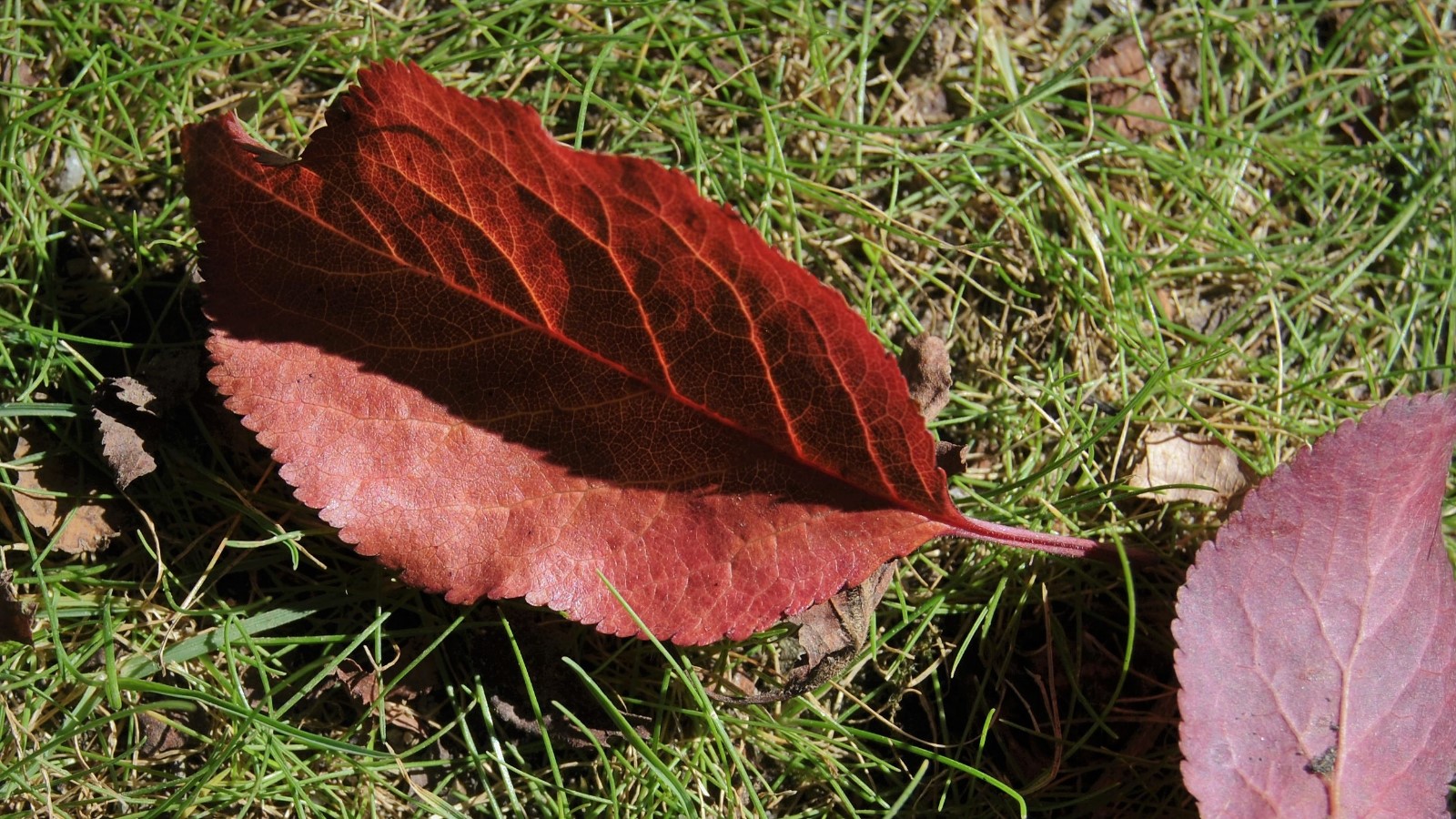Seven autumn leaves to discover in the Garden during October and November
A naturalist in the Gulbenkian Garden
It is in trees that we find one of the most beautiful, yet ephemeral, features of autumn. Something fantastic happens to leaves. Gradually, the green chlorophyll that is vital for photosynthesis, stops being produced in the leaves, leaving behind yellow and orange pigments. The Gulbenkian Garden, where a quarter of the trees shed their leaves in autumn and winter, is a great place to watch this ingenious mechanism of nature.
As you walk through this and other green areas, be aware of the colours and shapes of the fallen leaves on the ground. Take on the challenge and try to guess what trees the leaves come from, starting with these seven species:
London Planetree
Platanus x acerifolia
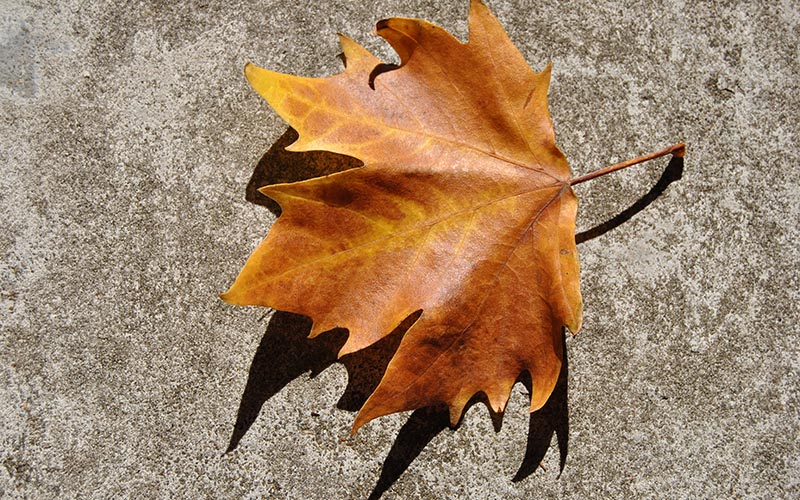
With its large, cropped leaves, this ornamental tree can reach a height of up to 30 or even 40 metres. It is found in many cities across the world and is therefore one of the easiest to identify. Tolerant to pollution and strong winds, pleasant thanks to its shade, it is thought to have resulted from a cross between two different species of plane trees, in the seventeenth century. According to a recent study, it is considered one of the most efficient air pollution removal species in urban areas.
Birch
Betula celtiberica
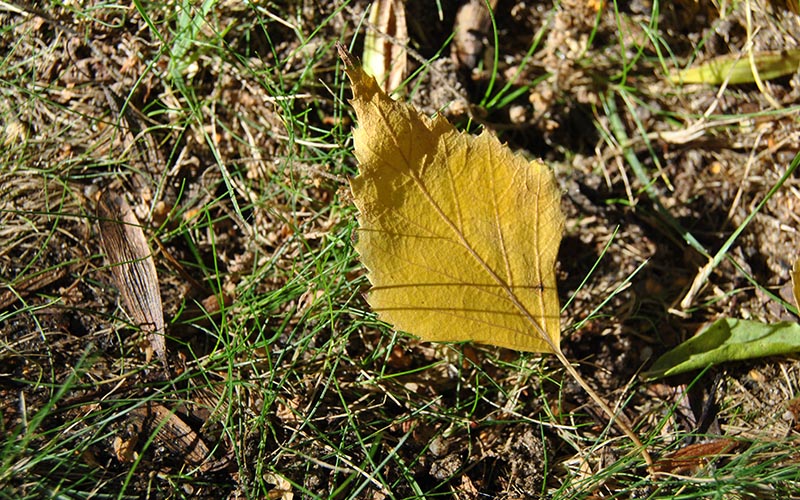
In addition to its oval and slightly toothed leaves, the silvery white smooth trunk helps to identify the birch, which is born spontaneously in the Serra da Estrela and the Nordeste Transmontano. It is native to the northwest of the Iberian Peninsula, reaches a maximum height of about 20 metres and has a lifespan of about 100 years. This tree is of the Betulaceae family, as is the alder (Alnus glutinosa), which can also be found in the garden.
Pyrenean Oak
Quercus pyrenaica
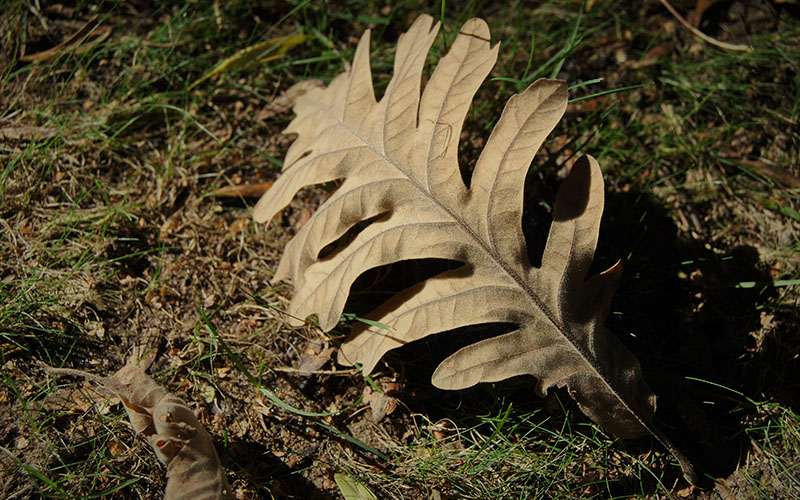
It is one of the two species of marcescent trees that inhabit this green space, the other being the Portuguese oak: the leaves dry and change colour with the arrival of cold weather but most stay on the tree throughout the autumn and winter. It rarely exceeds a height of 25 metres. The leaf lobes are deep and irregular and usually have a whitish underside and a velvety touch. In Portugal, it is characteristic of the North and Central Interior.
Cherry Plum
Prunus cerasifera
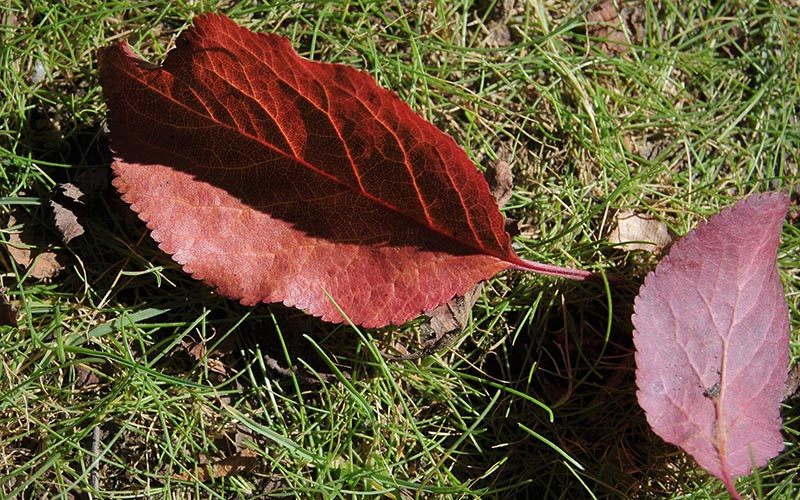
The leaves of this small tree, originally from the Balkan Peninsula and Crimea, are easy to recognize, mainly due to their colour purple. They are elliptic, finely toothed and about six centimetres long. This tree, of the Rosaceae family, reaches a height of eight metres, starts flowering at the end of winter and is one of the earliest trees to bloom.
Silver Lime
Tilia tomentosa
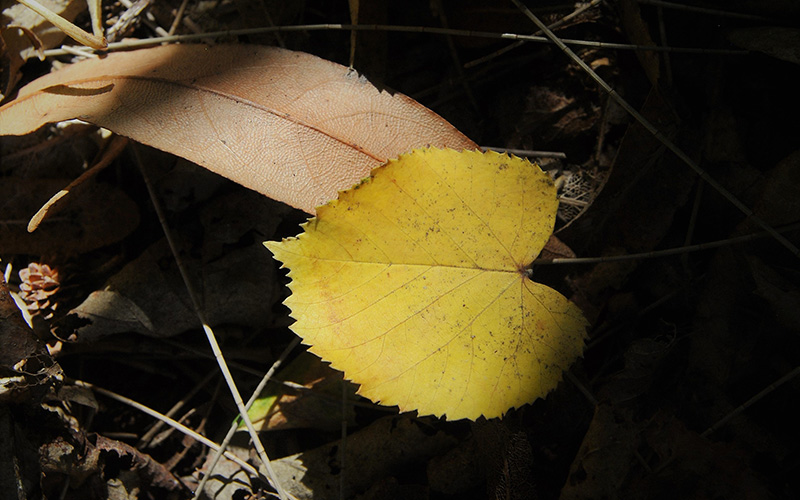
This is another exotic species, native of Southeast Asia and across to Turkey. Its leaves, with serrated margins, are smoother on the upper face and with a velvety touch on the underside, of a whiter shade. This tree, which has a dark gray trunk with shallow furrows, can reach a height of 35 metres.
Field Elm
Ulmus minor
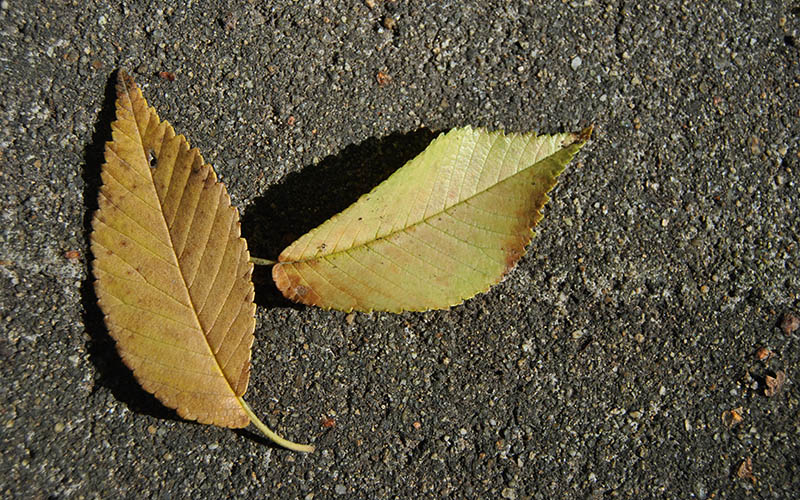
This is a large tree that is part of Portugal’s natural landscape. Look out for it in the Gulbenkian Garden, trying to find its pointed leaves with serrated edges and asymmetric base. They can measure up to 12 centimetres in length. Since the beginning of the last century, many elm trees have suffered from a serious disease, known as Dutch elm disease (DED) which is caused by a fungus – Ophiostoma (Ceratocystis) novo-ulmi.
White Poplar
Populus alba
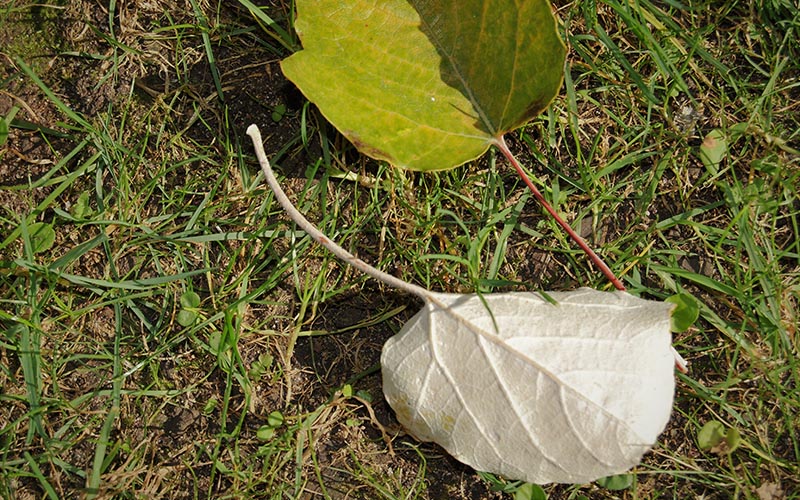
It is a tree native to Southern Europe, of the Salicaceae family and can reach a height of 25 metres. It can be found scattered throughout Portugal and is a deciduous tree with a rugged white trunk. Its leaves have five unequal lobes, with a long petiole and a whitish underside.
To get to know more about the different trees and plants of the Gulbenkian Garden, you can consult the book entitled Garden of the Calouste Gulbenkian Foundation – Flora, by Raimundo Quintal.
